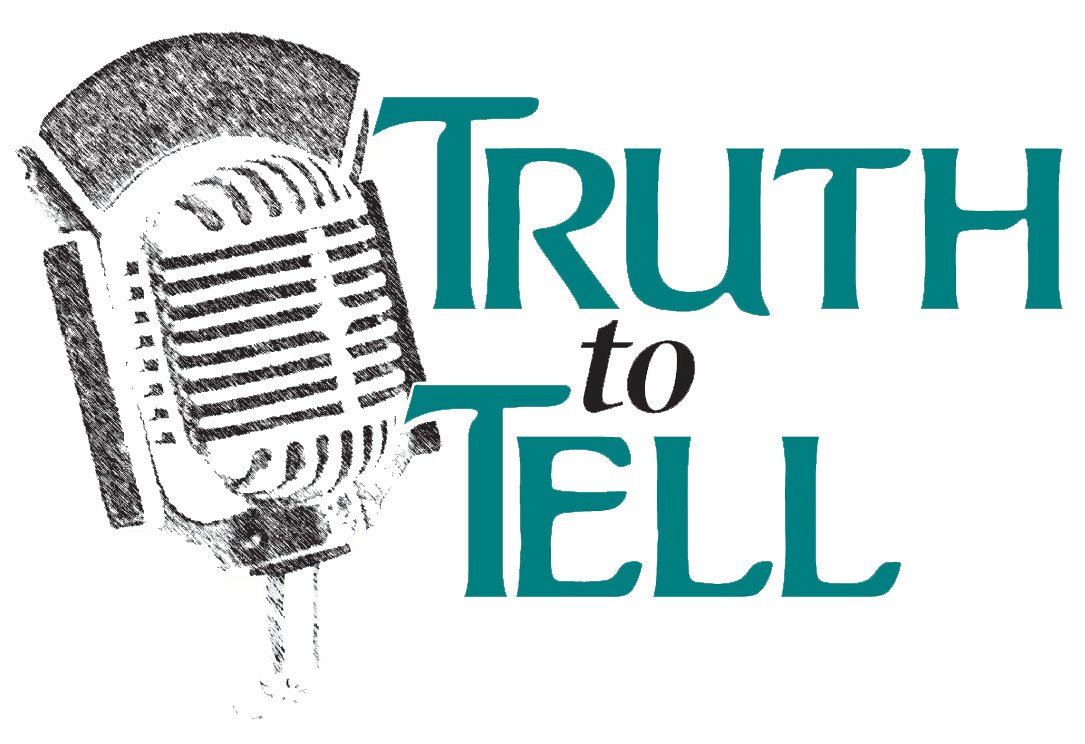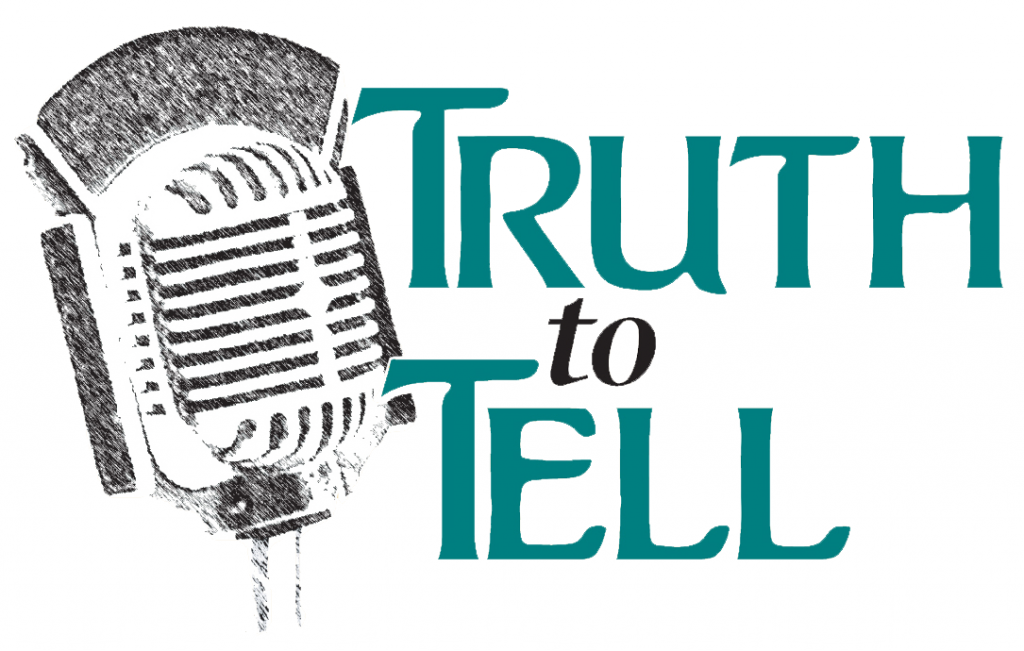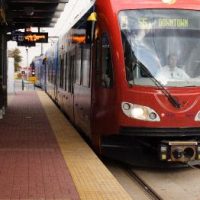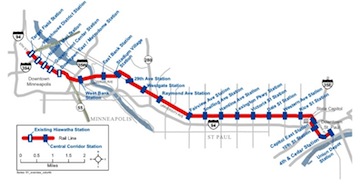Truth To Tell (2011-02-07)
The 11-mile ribbon of rail that will wend its way through downtown St. Paul and out past the Capitol on University Ave.through the University of Minnesota campus and hook up with the Hiawatha line near the Humphrey Dome has actually been under construction for some time, especially in downtown St. Paul. Streets on which the Central Corridor light rail cars will run have been altered and utilities moved to accommodate tracks end at the art deco Depot and beyond to the repair and storage facility across from the Farmer’s Market.
Still, consternation reigns all along the line and in the communities about the disruption the light rail project will impose on residents, small businesses and future development sure to follow. African-American advocates, in particular, their memories not yet faded from the cleaving ditch that I-94 represented over 40 years ago, carving their once-cohesive Rondo community enclave in half, have tried to either stop or force changes in the light rail plan to accommodate their concerns. Among those worries, at least initially, were those involving the number of stops along University, originally a mile apart and forcing a transit dependent community to walk at least a half-mile to those planned stops.
The Metropolitan Council is responsible for managing this project, although many agencies and levels of government are part of its construction and financing. The Council, then chaired by Pawlenty appointee, Peter Bell, balked at the idea of shortening the distance between stops before being pushed to find the money for them. Those same African-Americans filed a lawsuit on Federal District Court, in essence shaking their collective fists over the attitude and neglect the Corridor’s Management Committee was showing in its decision-making, even as it responded favorably to Minnesota Public Radio’s demands for a quieter, smoother train past its building. It didn’t add up.
Last week, Federal District Judge Donovan Frank ruled that, while he found it true that the Met Council had behaved badly in responding to community concerns – essentially running roughshod over people of color, he would not halt the project as the plaintiffs had requested. That was a given.
Now what? What will be the fallout of that suit? Will plaintiffs appeal? Or move on and make the best of the inevitable? Other very obvious questions is what the Central Corridor will look like and how well it will serve the communities around it as well as the small businesses along the avenue afraid of suffering a drop in patronage, even shutdowns. Can accommodations be made for the many Asian entrepreneurs – the stores and restaurants serving thousands daily right now – to mitigate the potential losses if people can’t get to them when streets are torn up?
How about future development? Will new housing sure to be built be affordable? Will property taxes remain stable in light of the inevitable rise in property values that come with such massive projects? One thing is sure: dozens of coalitions, consortia, task forces, committees and collaboratives have formed and themselves coalesced to address just about any concern that could arise. But not all players are so certain that community interests will be met.
TTT’s ANDY DRISCOLL and LYNNELL MICKELSEN talk with several key players – certainly not all – in updating you and us on the Central Corridor’s latest milestones on its way to a 2014 completion.
•Nieeta Presley, President, Aurora-St. Anthony Neighborhood Development Corporation
•Jim Erkel – Attorney, Land Use and Transportation Program Director, Minnesota Center for Environmental Advocacy
•Chris Ferguson – CEO, Bywater Business Solutions; Chair, Community Agreement Committee, Central Corridor; Chair, Business Resource Collaborative
•Tim Thompson – President, Housing Preservation Project
ADDITIONAL LINKS:
February 17 – 8:00-10:00 AM and 6:00-8:00 PM: Public Commentary hearing on Lawsuit Ruling – Brownstone Bldg., 849 University Ave, St. Paul.




